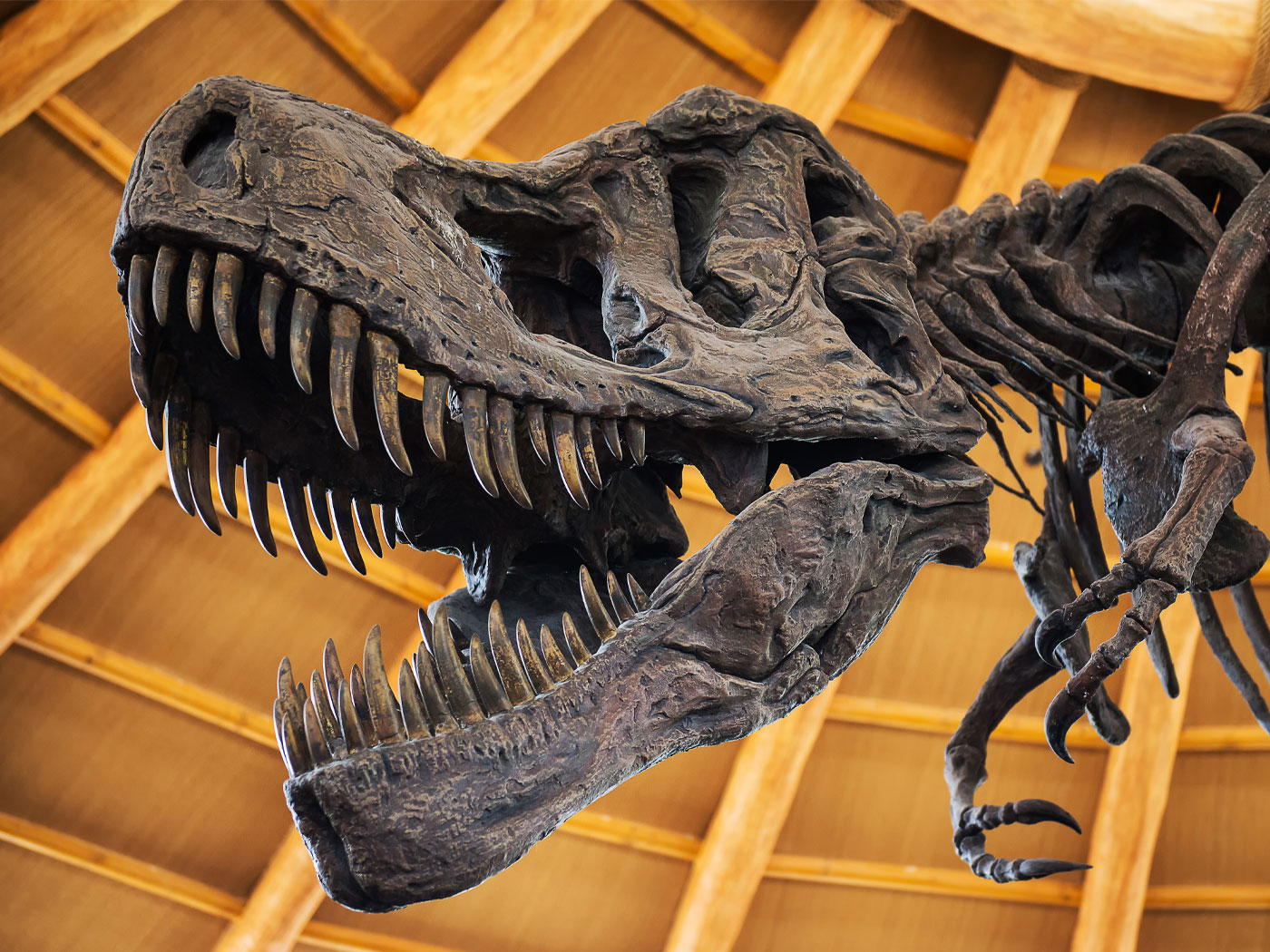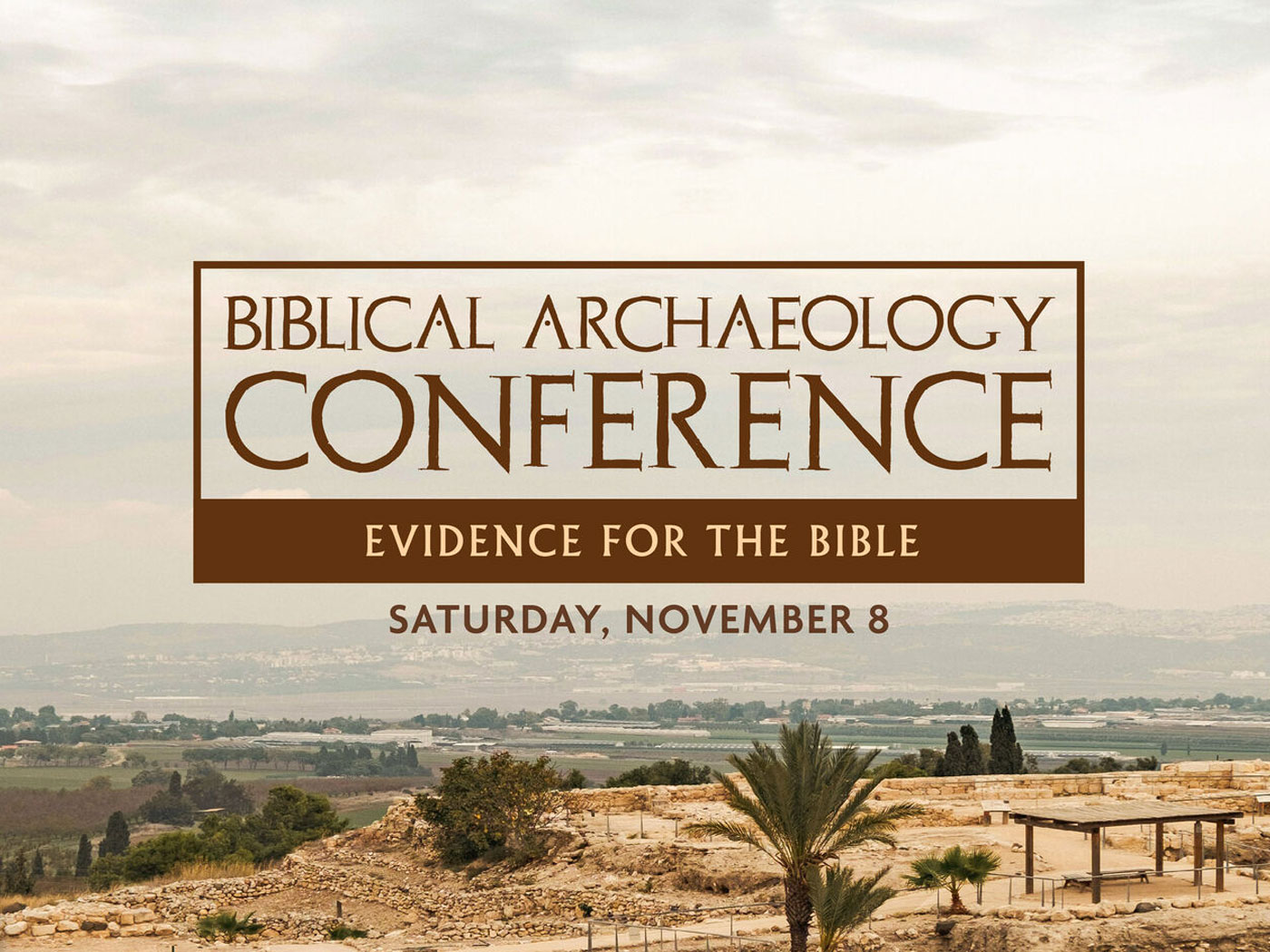Devonian rock layers and the fossils within them supposedly hail from a time long before monkeys, dinosaurs, or modern oak trees evolved. The Darwinian concept of plants and animals gradually gaining complexity over eons of natural selection paints a picture of simple-to-complex development. But do fossils show that? A newly discovered tree fossil from northwest China seems to tell just the opposite tale—that the growth structures in the world’s earliest trees were perhaps even more complicated than in today’s trees.
Creation and the Flood wash away millions of mythical years and help make sense of cladoxlopsid fossils. ![]()
These Devonian trees are called cladoxlopsids and only known from fossils. They had the three familiar plant tissues: leaf, stem, and root, and had xylem strands to transport water and nutrients. But this extinct tree type also contained small internal strand bundles arranged in an outer ring. The entire center of the tree was hollow. As these odd trees grew, each strand broke loose from, and then re-anchored to, neighboring strands to make room for the tree’s overall growth in both height and girth.
In other words, the very first trees to have supposedly evolved possessed intricate structures and employed functions that no known living trees have.
If plants never evolved from simple to complex, then no wonder even the “earliest” of them reveal top-level sophistication. ![]()
Cardiff University paleontologist Christopher Berry participated in the research, published in the Proceedings of the National Academy of Sciences.1 He told Cardiff University News, “There is no other tree that I know of in the history of the Earth that has ever done anything as complicated as this. The tree simultaneously ripped its skeleton apart and collapsed under its own weight while staying alive and growing upwards and outwards to become the dominant plant of its day…. This raises a provoking question: why are the very oldest trees the most complicated?”2
He offered no answer, but the creation model suggests one. Genesis teaches that God made all plants on Day 3 of the creation week. If plants never evolved from simple to complex, then no wonder even the “earliest” of them reveal top-level sophistication.
Genesis teaches that God made all plants on Day 3 of the creation week. ![]()
The Flood model also helps solve another aspect of the cladoxlopsid riddle. To call these fossil plants the “earliest” implies they lived millions of years before later plants had supposedly evolved. But what if mere months or weeks separated Devonian layers from the sedimentary deposits that overlie them? The very fact fossils exist testifies to sudden and catastrophic burial beneath vast sediments before the living things had a chance to rot or get scavenged by hungry critters. And the extensive, flat contacts above and below each layer, as opposed to ruts and valleys that millions of years of erosion would have produced, suggests each new layer quickly piled atop the one below it.3
The very fact fossils exist testifies to sudden and catastrophic burial beneath vast sediments before the living things had a chance to rot or get scavenged by hungry critters. ![]()
These clues to a worldwide Flood suggest that cladoxlopsids were not necessarily the “earliest” trees to evolve, but were just the first trees to get buried and fossilized. Creation and the Flood wash away millions of mythical years and help make sense of cladoxlopsid fossils. Specially created and recently fossilized, no wonder the lowest trees were the most complicated.
References
- Xu, H-H. et al. 2017. Unique growth strategy in the Earth’s first trees revealed in silicified fossil trunks from China. Proceedings of the National Academy of Sciences. 114 (45): 12009-12014. doi: 10.1073/pnas.1708241114.
- World’s oldest and most complex trees. Cardiff University News. Posted on Cardiff.ac.uk October 23, 2017, accessed October 30, 2017.
- Thomas, B. 2013. Don’t Grand Canyon Rocks Showcase Deep Time? Acts & Facts. 42 (10): 18-19.
*Mr. Thomas is Science Writer at the Institute for Creation Research and earned his M.S. in biotechnology from Stephen F. Austin State University.
Stage image credit: Copyright © 2017. Cardiff University. Adapted for use in accordance with federal copyright (fair use doctrine) law. Usage by ICR does not imply endorsement of copyright holders.
Article posted on November 20, 2017.


















